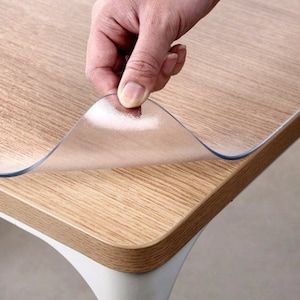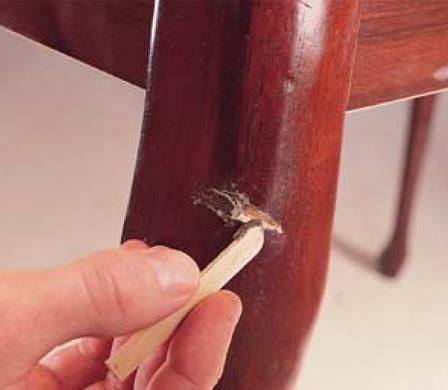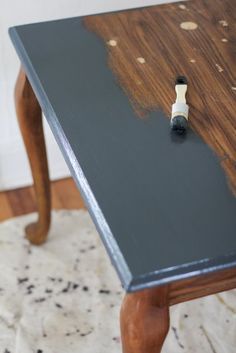Wooden furniture for its vintage charm and cozy look is worthy of all the attention you can pay to maintain its look. It is imperative to understand that any wood ages with time and acquires a new trait as the time passes. Some pieces may darken and may lighten over a period of time. Nonetheless, it always looks graceful no matter what quality it acquires.
Wooden furniture is often very expensive and you might want to be extra careful in your efforts to taking care and maintaining it. Here are some useful tips.
How to Take Care of Your Wooden Furniture
1. Dusting it Dry
Dry cleaning your furniture as much as possible will reduce its exposure to moisture and protect its sheen. Don’t forget to use only soft or microfiber cloth while wiping the dust off to avoid any minute scratching. If you have furniture that has intricate embossed patterns and designs on it, you can use a soft bristles dry brush to clean the dust thoroughly.
2. Exposure to Sunlight
Be extra careful when your wooden furniture is exposed to direct sunlight on regular basis. If you can’t change the position of your furniture, you can cover it or draw the curtains at the time of exposure to minimize the effects.
3. Remove Tough Stains
No matter how hard you try, wooden furniture surfaces often get hard stains and your job is to clean it as soon as possible. The longer it remains, the harder it will be to remove.
Let us share some tips with you to remove hard stains –
a - Using equal amounts of white toothpaste and baking soda for white rings from wet glasses. Rub it into the stain. Then, clean with a dry cloth.
b - Try gently blotting the stain with a cloth soaked in vinegar to remove dark spots from water damage.
c - Apply mayonnaise to the region for pencil and crayon marks. Before rubbing clean with a moist cloth and buffing with a dry cloth, let it sit for a few minutes.
4. Wax and Oil Regularly
Wooden furniture ages very gracefully, but loses its sheen along the way. Regularly waxing and oiling your wooden furniture will help retain its charm and prevent it from getting damaged. If you plan to DIY, it is important that you do it correctly.
How to polish your wooden furniture correctly?
a - First, make sure your furniture is dust free, cleaned and dried properly.
b - Do not use a product with protecting agent or mix anything – this combination may result in a mess and alter the protecting features of your product.
c - Avoid using too much of the product as it can result in built-up.
d - Once you have applied the product, buffing well is a must.

5. Keep Chemicals Away
Keep items like solvents, perfumes and nail polish removers away from the surfaces of your furniture for if they come in contact, they can strip the finish. Also, choose cleaning products carefully. Avoid products containing bleach and alcohol. Use simple warm water instead.
6. Fix the Damage
Hardwood furniture is sturdy and can withstand most mishaps and one reason wooden furniture can last such a long time is because most damage is easy to fix.
The biggest challenge to repairing furniture yourself is what to use. Wood-repair kits are available online and in stores. Choose something that gets rid of the damage without destroying the finish.
Here are some suggestions -
a - Pumice, a mild abrasive that can sand down or smooth out a damaged surface
b - Mineral spirits, a great alternative to turpentine
c - Linseed oil or flax seed oil, solidifies to create a shiny surface
In case of an extensive damage, painting a piece of damaged furniture will breathe new life into it and give it several more good years. Painting also allows you to save time by skipping sanding, something you can’t do if you opt to re-stain.
7. Use Coasters and Placements
We talked about removing rings or spilled stains on their wood furniture, but preventing such stains should always be the priority. Avoid placing cups directly on the surface; instead use a coaster. Using coasters and placemats will help maintain and protect wooden furniture from getting stained.

8. Keep Sharp Objects at Bay
You should be very careful about not letting sharp objects too close to wooden furniture pieces. A scratch never looks good. Never.

9. Understand the Impact of Humidity & Moisture
Wood absorbs moisture when the atmosphere is humid. This leads to swelling and shrinking. Especially for furniture that is assembled and is in parts, humidity causes wood to expand in different directions and as a result the pieces may no longer fit together or become distorted. Hence it is essential to be aware of the impact of humidity and moisture.
10. Prevent Infestations
Bugs are never welcome in homes. It’s much harder to resolve an infestation than to prevent one, so follow the guidelines and keep wood beetles and termites at bay before they destroy your valuable hardwood furniture.























Commentaires